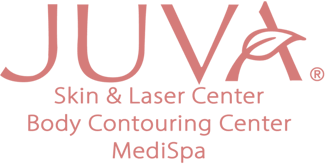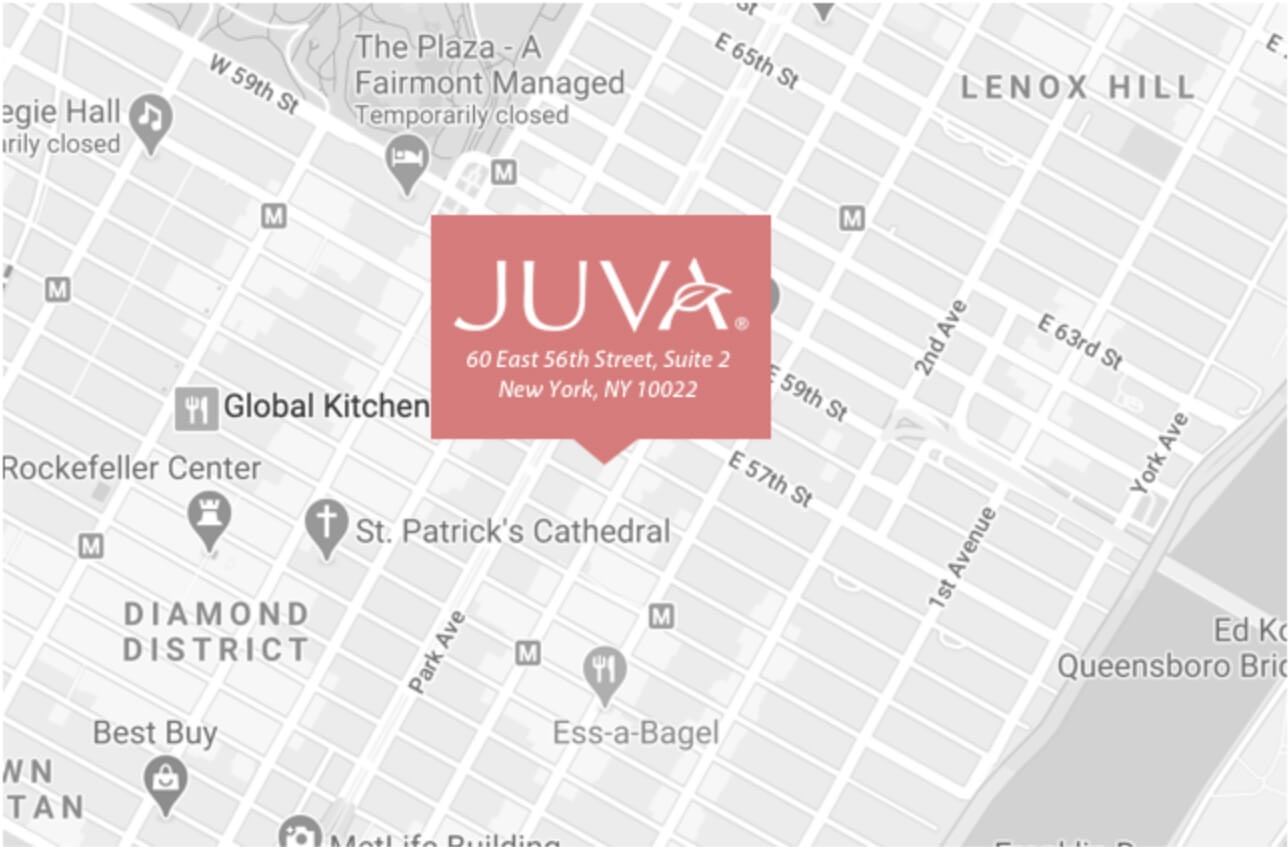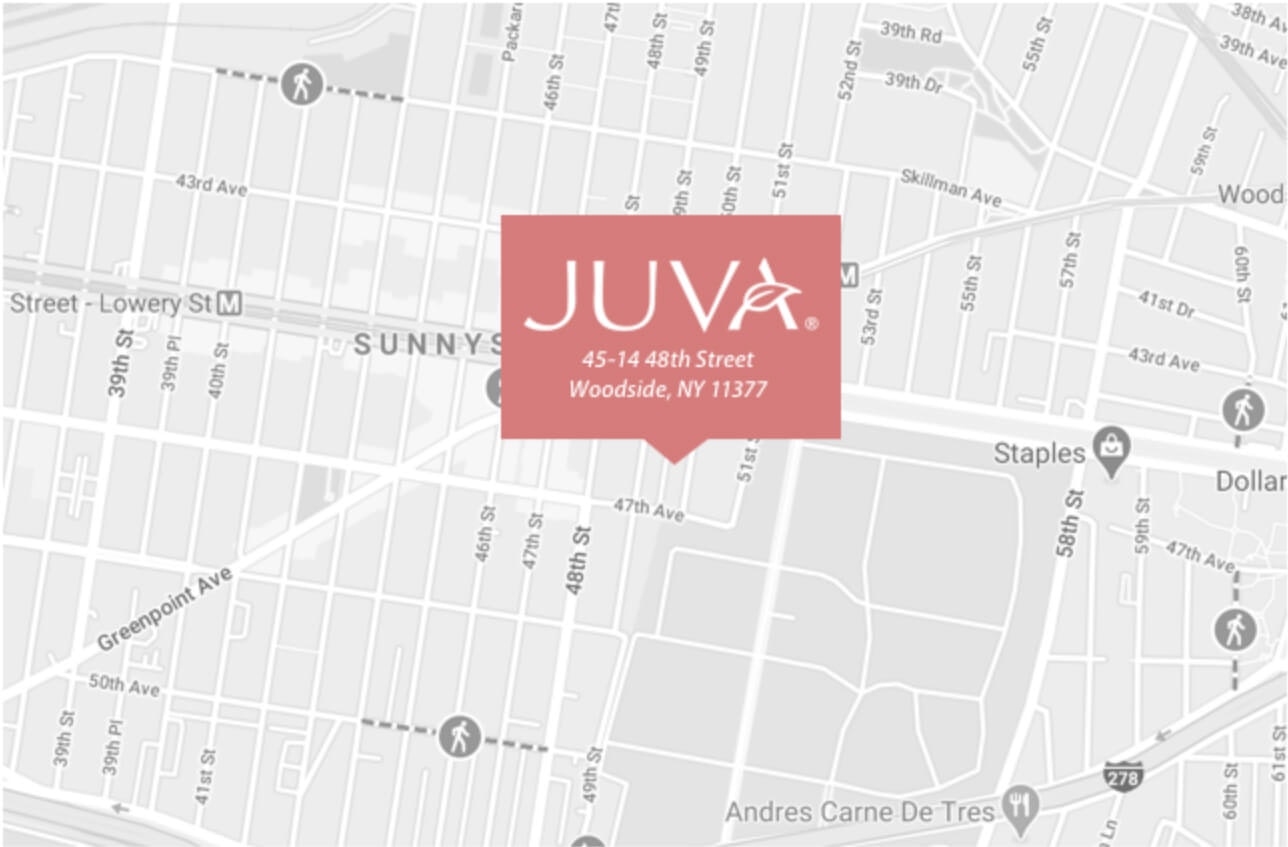
For individuals experiencing hair loss, the decision between PRP (Platelet-Rich Plasma) therapy and hair transplants can be pivotal. Both options offer unique benefits and considerations, but PRP therapy has gained attention as a non-invasive and potentially advantageous alternative to surgical hair transplants. At JUVA Skin & Laser Center, we love helping our clients explore their options to better hit their aesthetic and wellness goals. To that end, we will explore the pros and cons of PRP therapy and hair transplants.
PRP Therapy
Pros:
- Non-Invasive: PRP therapy is a non-surgical procedure, making it a less invasive option than hair transplants. This can appeal to individuals who prefer to avoid surgical interventions and the associated recovery time.
- Minimal Downtime: Patients undergoing PRP therapy typically experience minimal downtime, allowing them to resume their daily activities shortly after the treatment.
- Natural Hair Growth Stimulation: PRP contains growth factors that can potentially stimulate hair follicles, leading to natural hair growth and improved hair thickness.
- Safety Profile: Since PRP is derived from the patient's own blood, the risk of allergic reactions or rejection is minimal.
Cons:
- Multiple Sessions: PRP therapy often requires numerous treatment sessions to achieve noticeable results, which may require a more significant time commitment compared to a single hair transplant procedure.
- Variable Results: The effectiveness of PRP therapy can vary among individuals, and not everyone may experience significant improvements in hair growth or density.
Hair Transplants
Pros:
- Single Procedure: Unlike PRP therapy, which may require multiple sessions, a hair transplant procedure is often a one-time treatment, reducing the need for ongoing appointments.
- Predictable Outcomes: Hair transplants can yield more predictable and substantial results regarding hair density and coverage, particularly for individuals with advanced hair loss.
Cons:
- Invasive Nature: Hair transplants involve surgical intervention, which carries inherent risks and a more extended recovery period than non-invasive treatments like PRP therapy.
- Scarring: The donor area from which hair follicles are harvested may experience scarring, which can be a concern for some individuals, especially if they prefer to keep their hair short.
- Cost: Hair transplants tend to be more expensive than PRP therapy, which may be a limiting factor for individuals considering their options.
Why PRP Therapy May Be the Preferred Option
While both PRP therapy and hair transplants have their respective pros and cons, the non-invasive nature, minimal downtime, and safety profile of PRP therapy make it an appealing choice for many individuals. Additionally, PRP therapy can be a suitable option for individuals in the early stages of hair loss or those seeking to maintain and improve their existing hair density without surgery.
Furthermore, PRP therapy can complement other hair restoration treatments, such as hair transplants, by promoting healing and enhancing the overall results. For individuals who are hesitant about the invasiveness and potential scarring associated with surgical procedures, PRP therapy offers a less intimidating alternative with the potential for natural hair growth stimulation.
Let Us Be Your Guide
If you’re ready for the next step in your journey, rest assured we’re here to help. At JUVA Skin & Laser Center, we see ourselves as a guide to helping you navigate this process every step of the way. Contact us today for a consultation and learn more about which of these options might be right for you.




